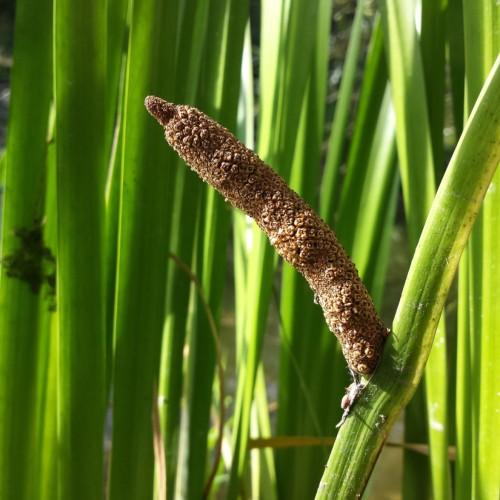
Sweetflag
Acorus americanus
Also Known As - Several Vein SweetflagWatering:
Frequent
Hardiness Zone:
Sun:
full sun,part shade
Leaf:
Yes
Growth Rate:
Low
Poisonous To Humans:
Yes
Poisonous To Pets:
Yes
Salt Tolerant:
Yes
Care Level:
High
watering
Aconit Paradoxal should be watered every 7-10 days, depending on the weather and soil conditions. It is important not to over-water these plants as their shallow root systems can cause them to become water-logged and drown. During periods of hot, dry weather, the plant should be given more regular waterings; however, in cooler and more humid climates, the waterings can be spaced out longer. In general, check the top 2 inches of soil for dryness before watering and provide ample water to fully saturate the soil. Allow for the excess water to drain away before replacing the pot in its tray.
sunlight
Aconit Paradoxal is a plant species that prefers part-to full sunlight exposure and is best suited for growing in USDA Plant Hardiness Zones 5 through 8. When growing Aconit Paradoxal, the ideal amount of sunlight exposure should range from 4 to 6 hours each day. The period of direct sunlight for this species should be either in the morning or late afternoon. Additionally, it is important to consider providing partial shade for this species during the hottest part of the day, especially during the summer months.
pruning
Aconit Paradoxal should be pruned in early spring, before new growth begins. This will help to remove old or dead growth, as well as opening up the plant to more air and light. Pruning should be done lightly, with careful attention to the plant's growth pattern. Remove no more than 1-third of the plant at 1 time. Dead or damaged branches should be removed at any time, while established, healthy branches should be left alone. If pruning is needed to shape or encourage growth, keep cuts clean and close to the main stem or branch.
